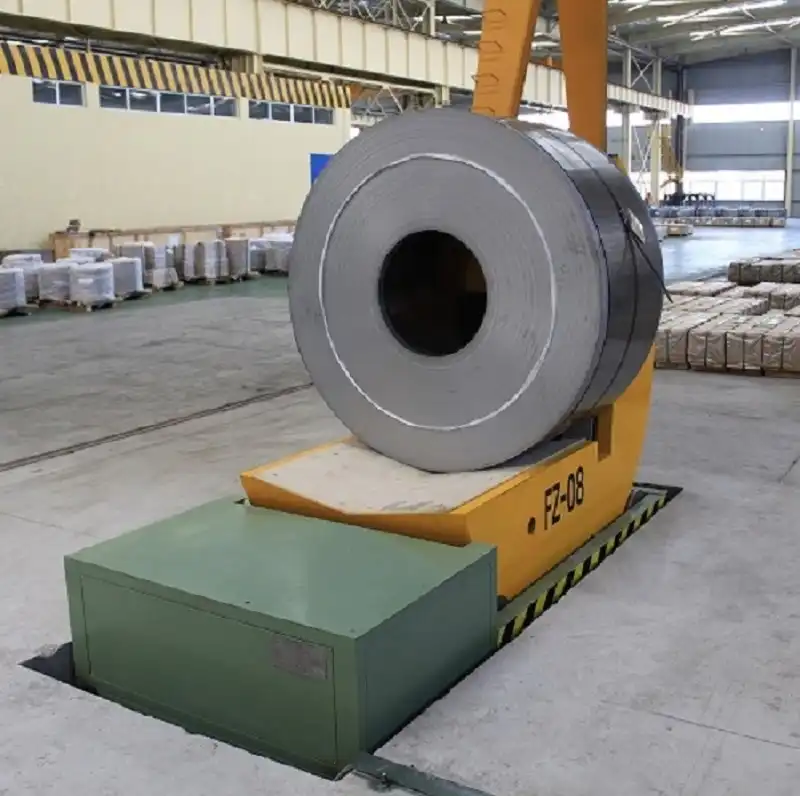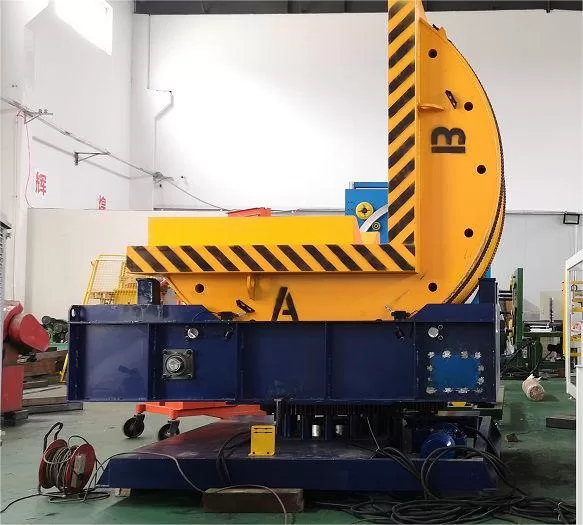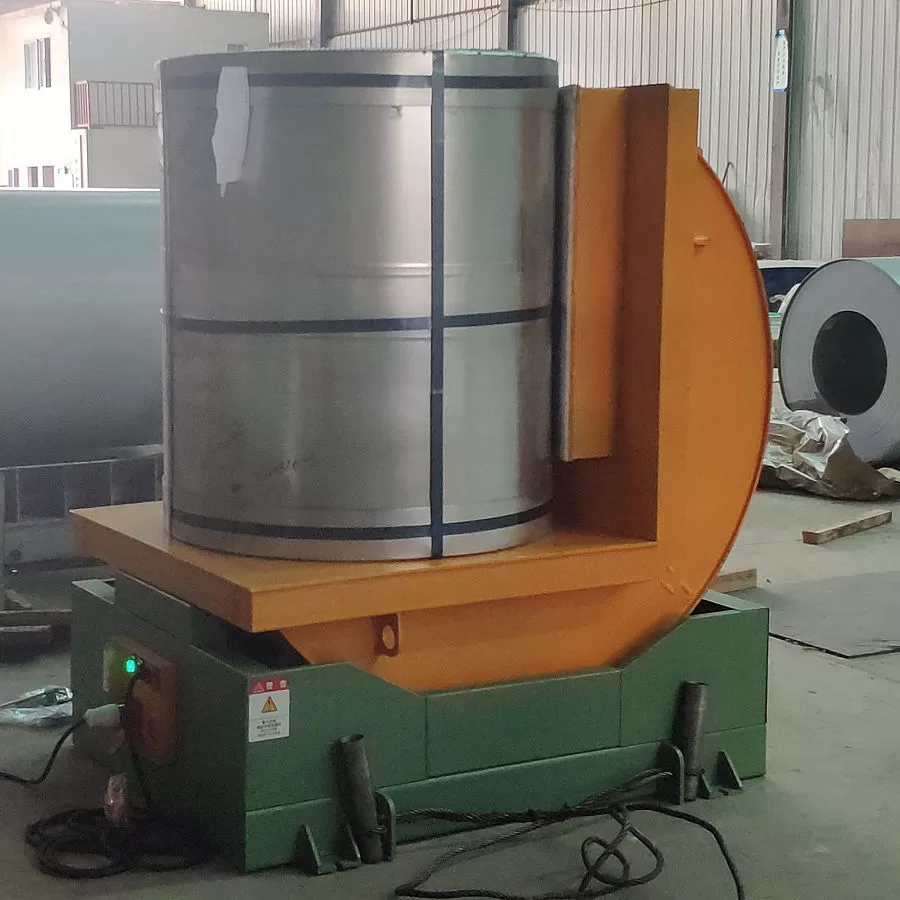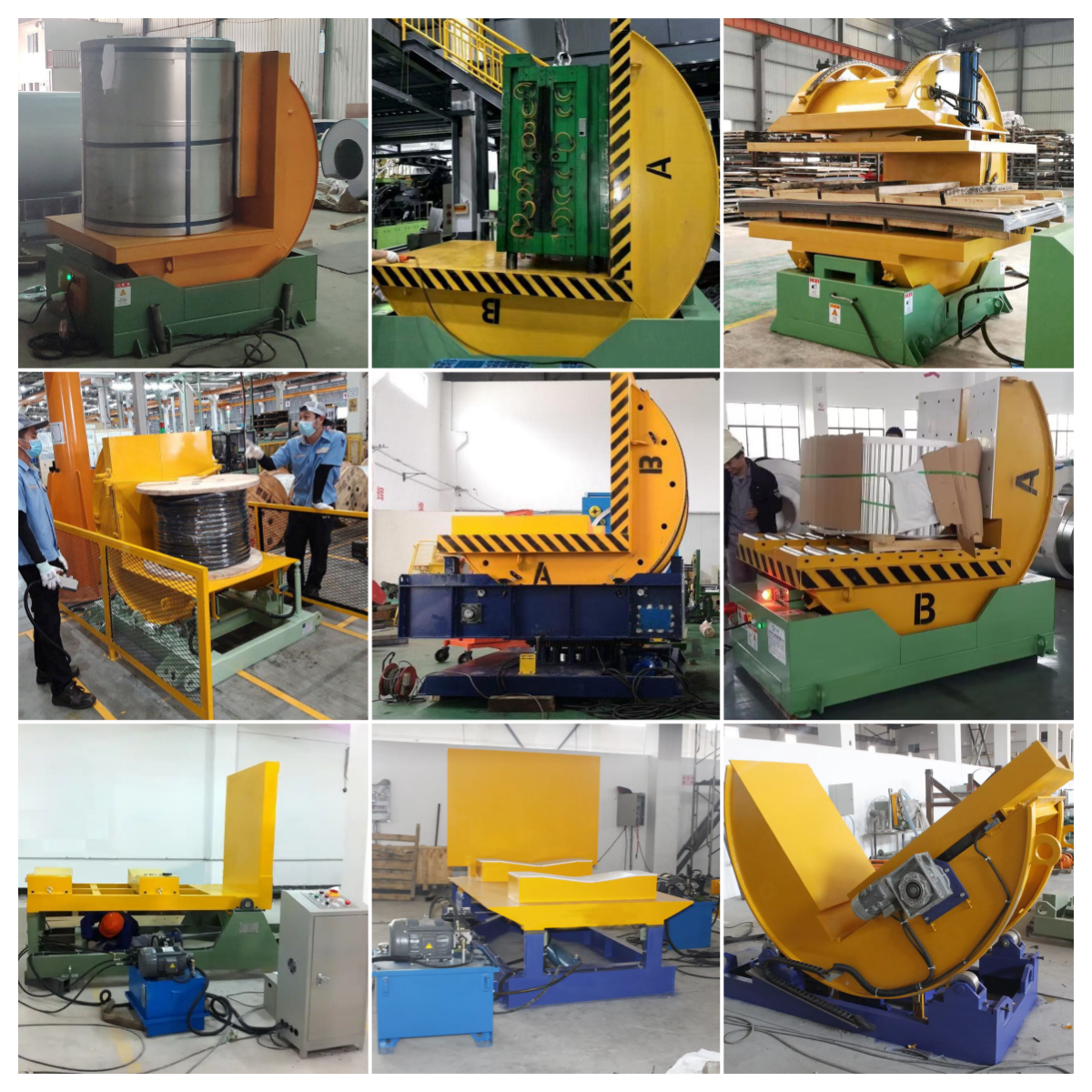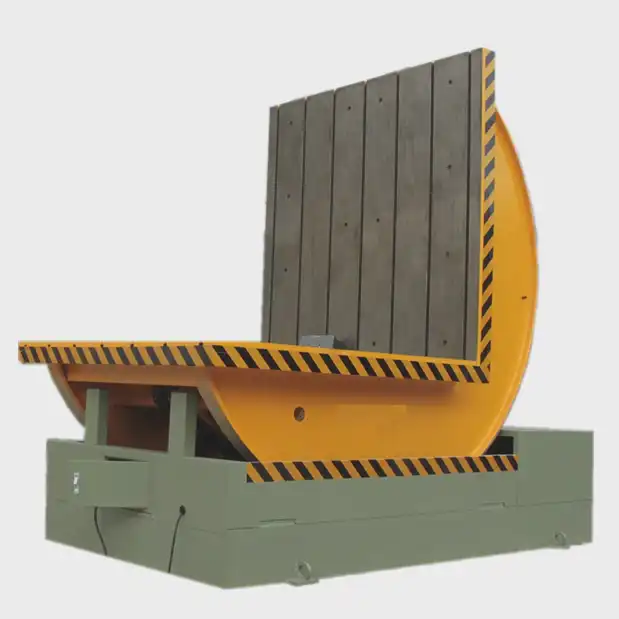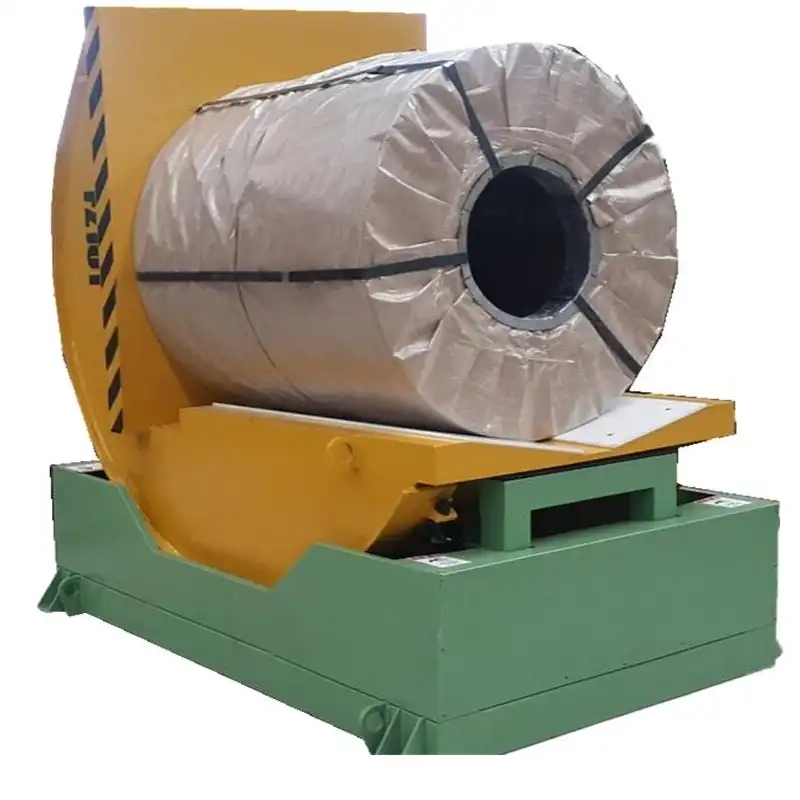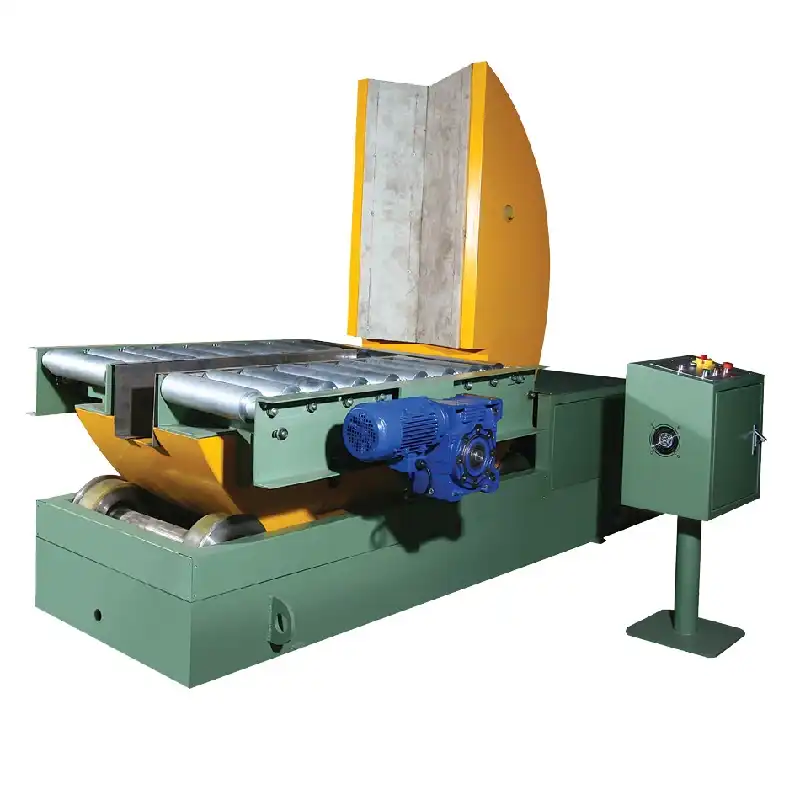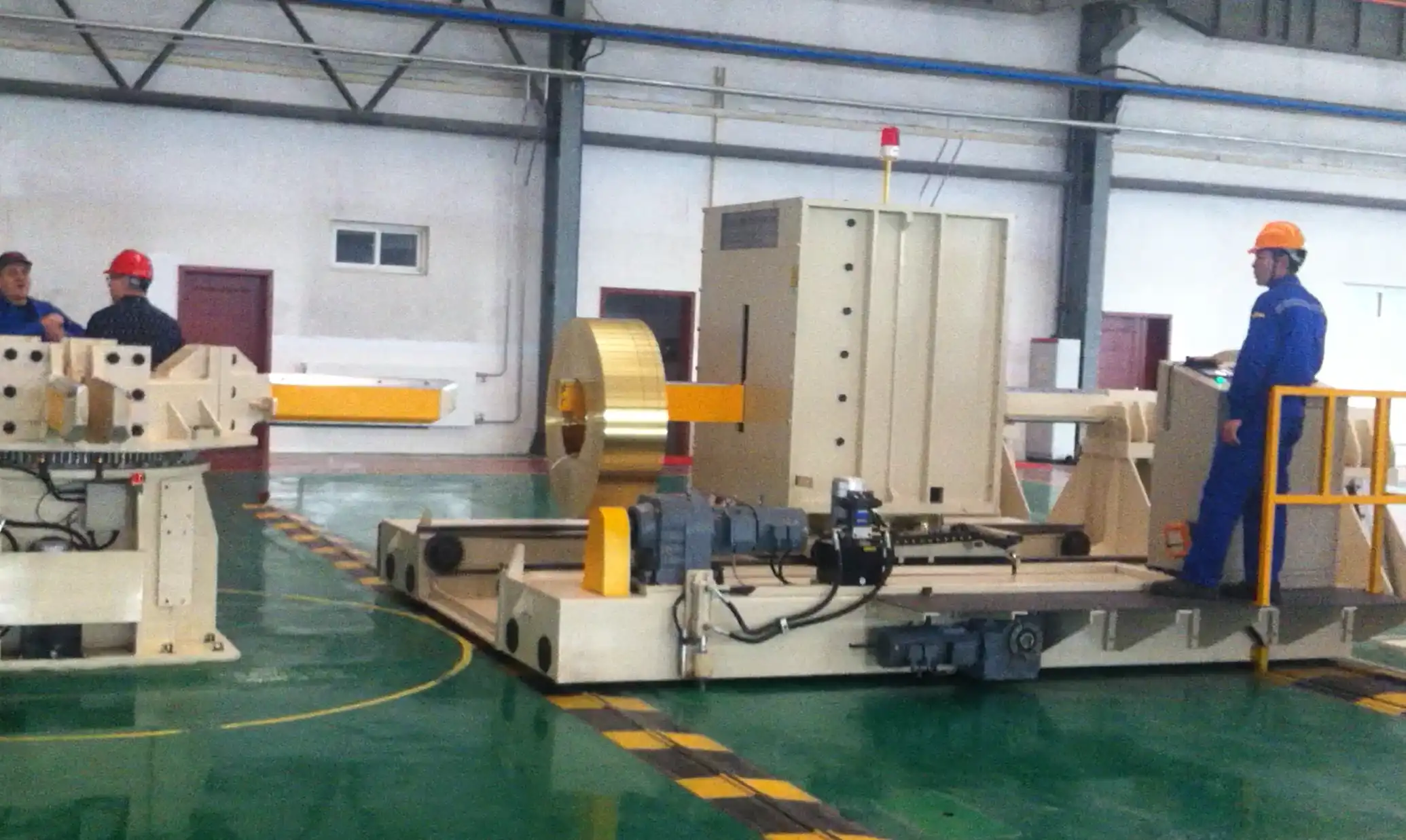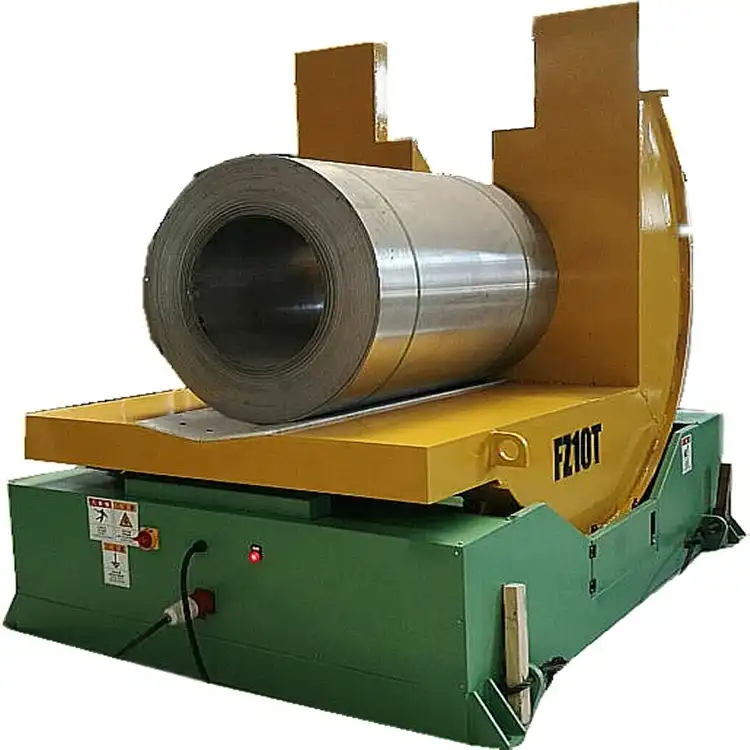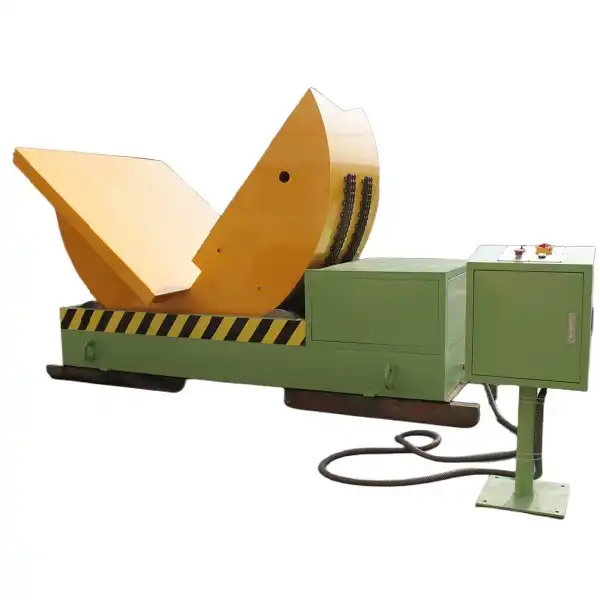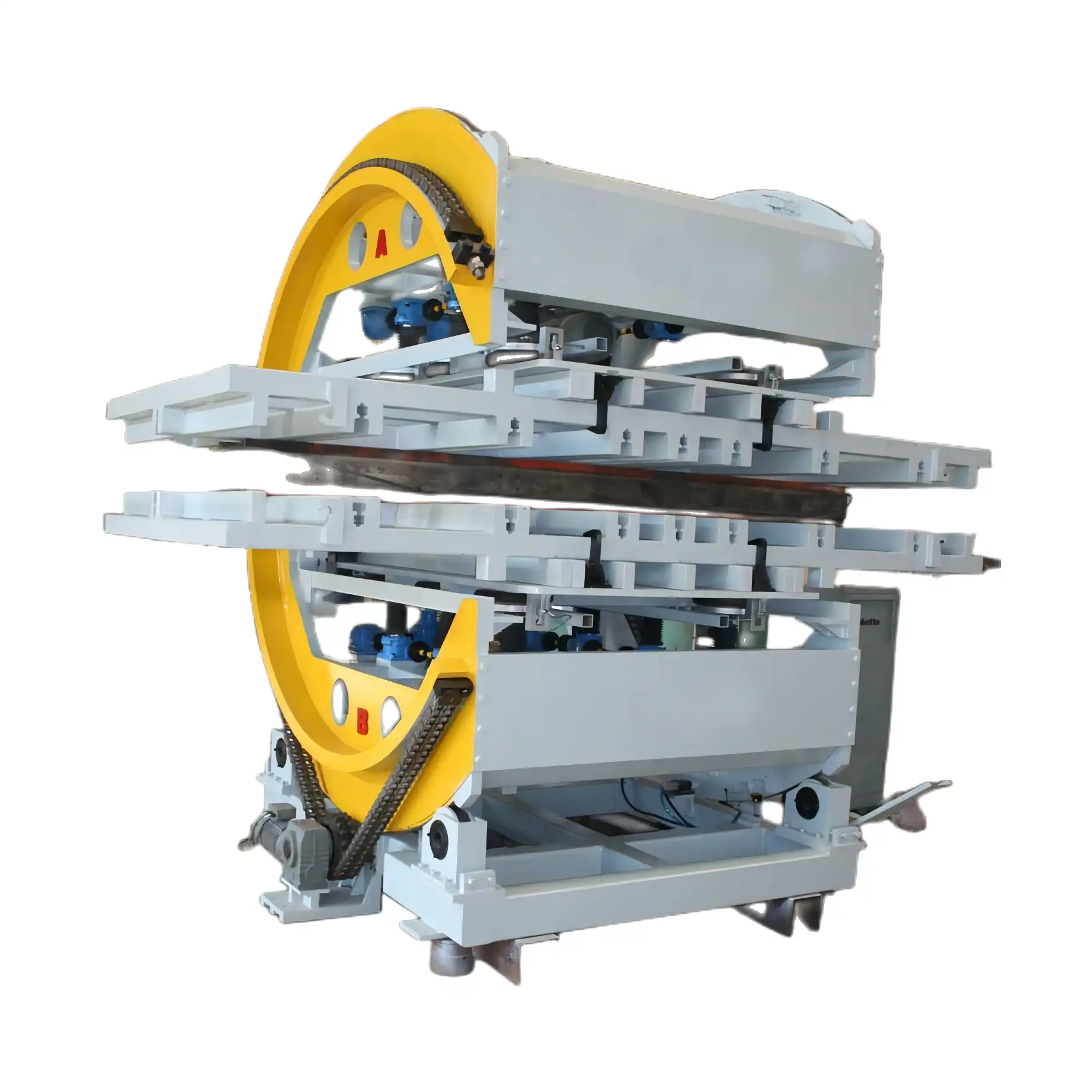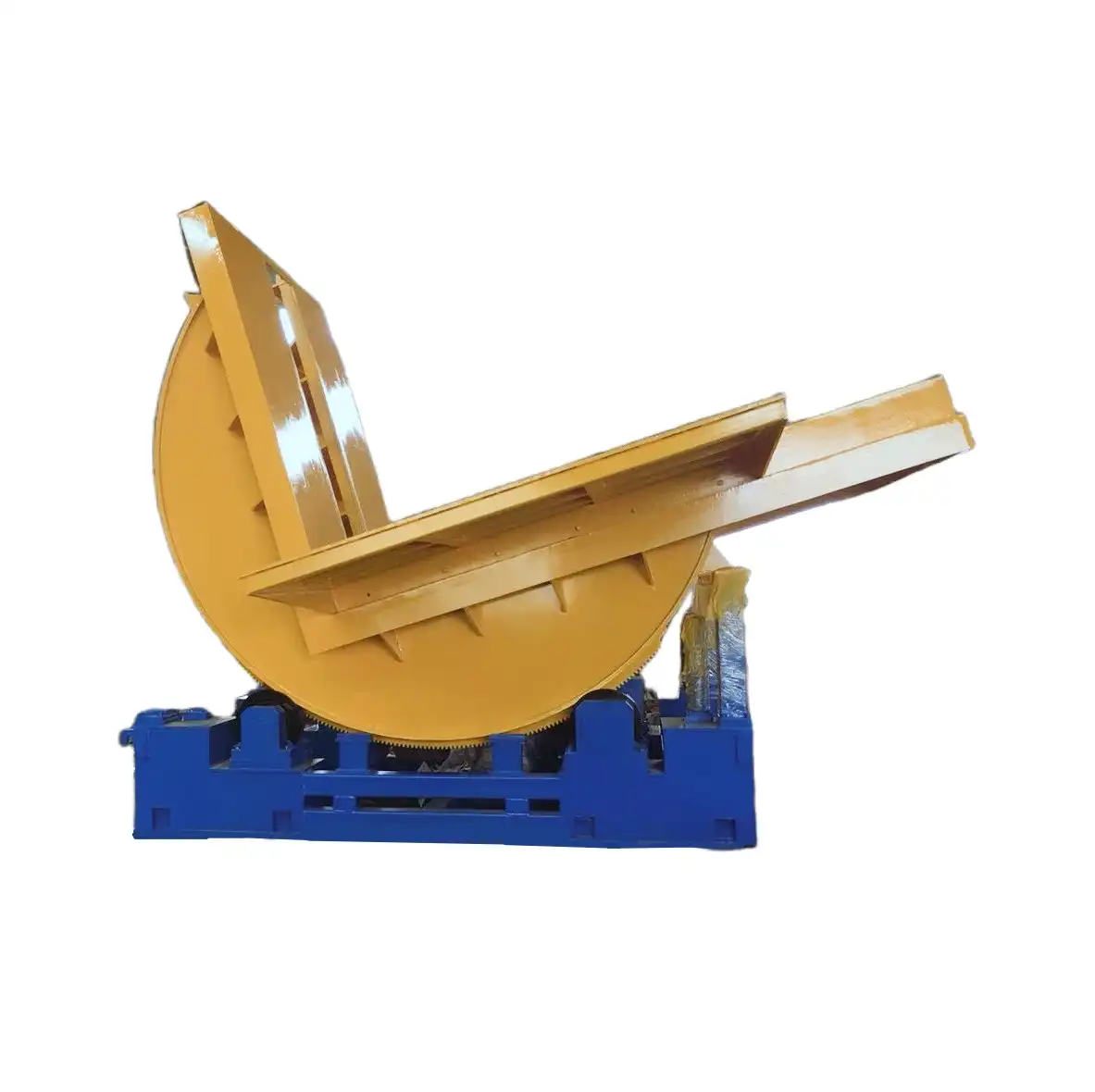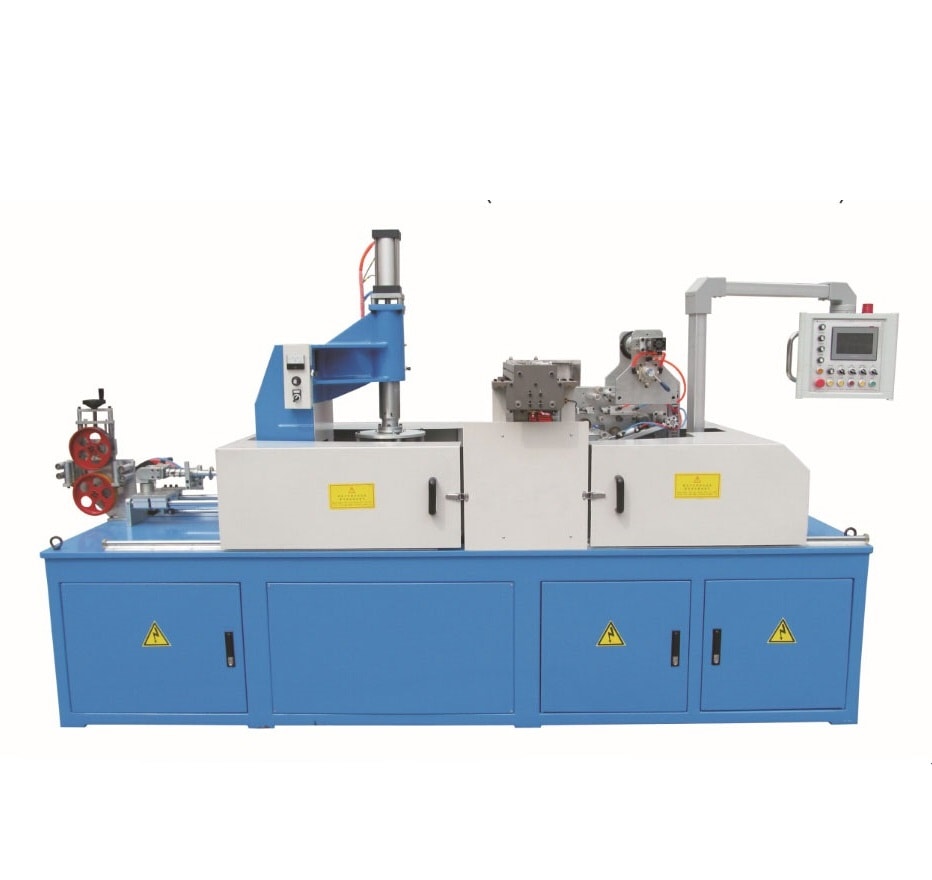All You Should Know About Coil Upender Failure
Coil upenders are essential in industries that handle heavy and large coils, such as steel, aluminum, and paper production. They ensure safe and efficient handling of materials by flipping coils from horizontal to vertical positions or vice versa. However, like all mechanical equipment, coil upenders can fail, leading to operational downtime, increased costs, and potential safety hazards. This comprehensive guide will help you understand the causes, effects, and solutions for coil upender failures and how to prevent them.
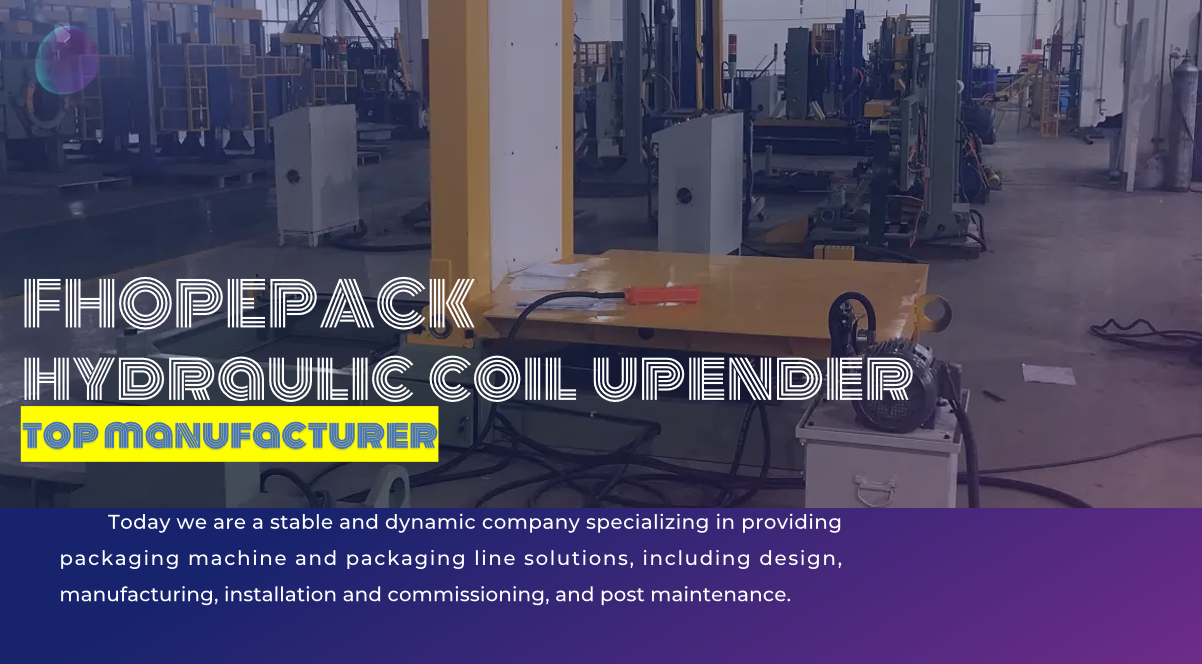
Understanding Coil Upender Failures
What Is a Coil Upender?
A coil upender is a machine used to rotate and reposition heavy coils safely. It plays a crucial role in various industrial processes, helping to transport, store, and process materials more efficiently. By eliminating manual handling, it reduces labor-intensive tasks and minimizes risks of injury.
Common Signs of Coil Upender Failure
Early detection of coil upender issues can prevent catastrophic failures. Here are the key warning signs:
-
Unusual Noises: Grinding, squeaking, or knocking sounds indicate wear in mechanical components.
-
Irregular Movement: Jerking or inconsistent operation suggests hydraulic or motor issues.
-
Reduced Lifting Capacity: A loss of strength or inability to lift heavy loads may be caused by mechanical wear or hydraulic system problems.
Major Causes of Coil Upender Failures
-
Wear and Tear from Prolonged Use
Continuous operation under heavy loads can cause wear on bearings, gears, and hydraulic components.
-
Improper Maintenance Practices
Neglecting regular inspections and lubrication can lead to accelerated deterioration of parts.
-
Overloading Beyond Capacity
Using the upender to handle coils heavier than its designed capacity can damage its structure and mechanisms.
-
Electrical or Hydraulic System Failures
Faulty wiring, circuit issues, or hydraulic leaks can disrupt the functionality of the upender.
Effects of Coil Upender Malfunctions on Operations
Failure of a coil upender can have significant consequences:
-
Production Delays: Downtime while waiting for repairs or replacements can halt operations.
-
Safety Risks: Malfunctions can endanger operators and nearby personnel.
-
Material Damage: Coils may be dropped or improperly handled, leading to costly losses.
Troubleshooting Coil Upender Failures
Diagnosing the Problem
-
Perform a visual inspection of key components such as gears, motors, and hydraulic lines.
-
Check for leaks or signs of wear in the hydraulic system.
-
Test the control system to ensure proper functionality.
Immediate Actions
-
Stop the machine immediately if unusual behavior is detected.
-
Consult the manufacturer’s manual for troubleshooting guidelines.
-
Contact a professional repair service if the issue persists.
Preventative Measures for Coil Upender Failures
Routine Maintenance
-
Clean and lubricate moving parts regularly.
-
Schedule periodic inspections to detect and address minor issues before they escalate.
Proper Training for Operators
-
Ensure operators understand the machine’s weight limits and operating procedures.
-
Provide ongoing training to adapt to new equipment or procedures.
Using High-Quality Equipment
-
Invest in coil upenders from reliable manufacturers.
-
Choose models that meet your industry’s specific requirements.
Matching Accessories and Tools
-
Use compatible accessories to prevent strain on the equipment.
-
Avoid unauthorized modifications that can compromise safety and efficiency.
Solutions to Address Coil Upender Failures
Repairing Damaged Components
-
Replace worn-out parts with original equipment manufacturer (OEM) components for optimal performance.
-
Regularly monitor and repair hydraulics and electrical systems.
Upgrading Aging Equipment
-
Evaluate the cost of repairs versus replacement.
-
Consider upgrading to a modern coil upender with advanced safety features and better efficiency.
Partnering with Reliable Service Providers
-
Choose experienced technicians who specialize in industrial equipment.
-
Establish service contracts for regular maintenance and emergency repairs.
Conclusion
Why Proactive Maintenance Matters
Proactive maintenance reduces unexpected downtime, minimizes safety risks, and extends the lifespan of your coil upender. By investing in routine checks and operator training, you can avoid costly repairs and ensure smooth operations.
Planning for Future Needs
Industries are evolving, and so are coil handling requirements. Staying ahead by upgrading equipment and implementing preventive strategies will ensure long-term success.
Final Thoughts on Coil Upender Failures
Addressing coil upender failures promptly and effectively is crucial for maintaining productivity and safety. By understanding the causes and solutions, you can make informed decisions to keep your operations running smoothly.
FAQs
-
What are the most common issues with coil upenders?
The most common issues include wear and tear, hydraulic leaks, electrical malfunctions, and overloading.
-
How often should coil upenders be maintained?
Routine maintenance should be performed monthly, with detailed inspections annually.
-
Can I repair a coil upender myself?
Minor issues can be addressed following the manufacturer’s guidelines, but major repairs should be handled by professionals.
-
What is the typical lifespan of a coil upender?
With proper maintenance, a high-quality coil upender can last 10–15 years or more.
-
How do I choose the best coil upender for my operation?
Consider factors such as load capacity, material compatibility, and the manufacturer’s reputation.
